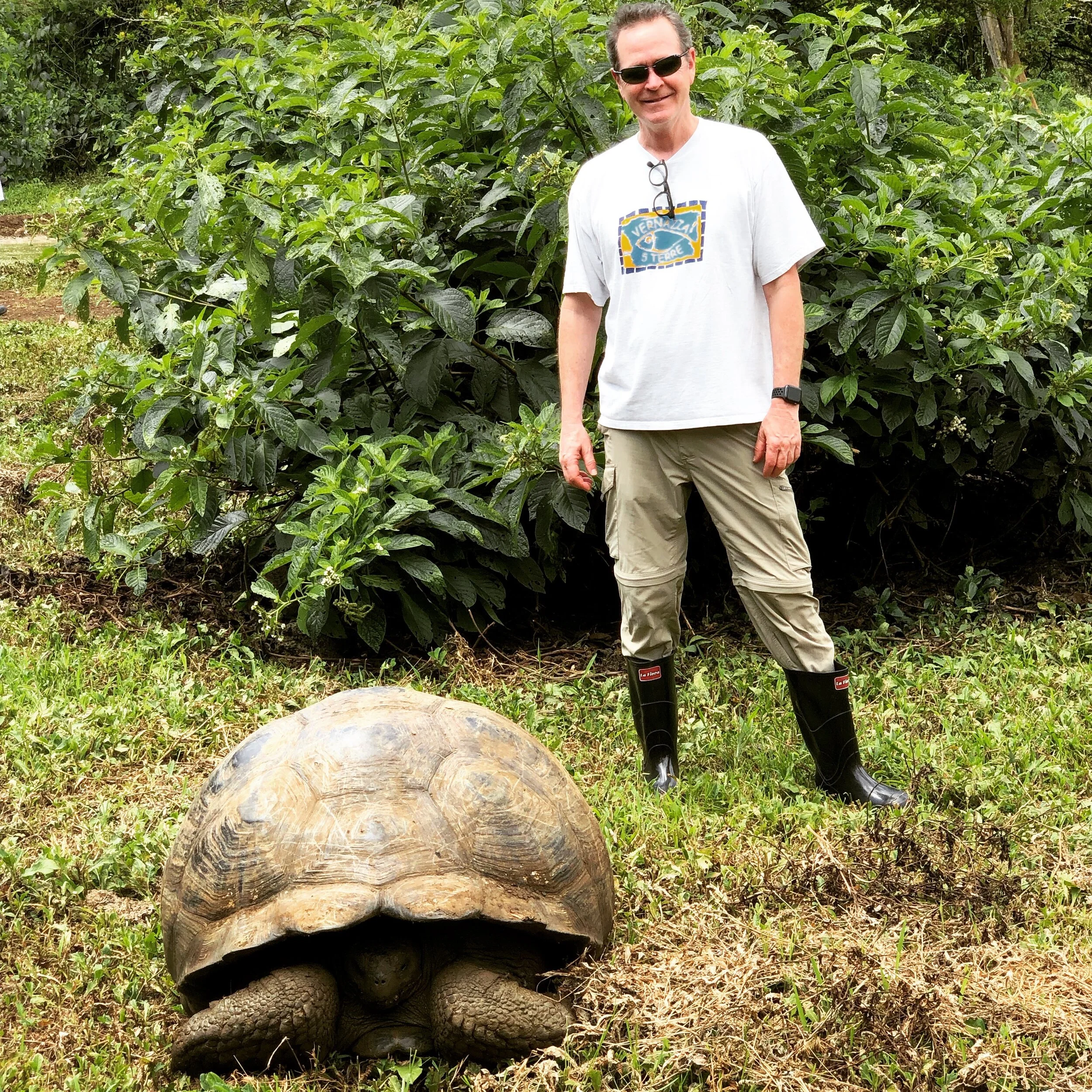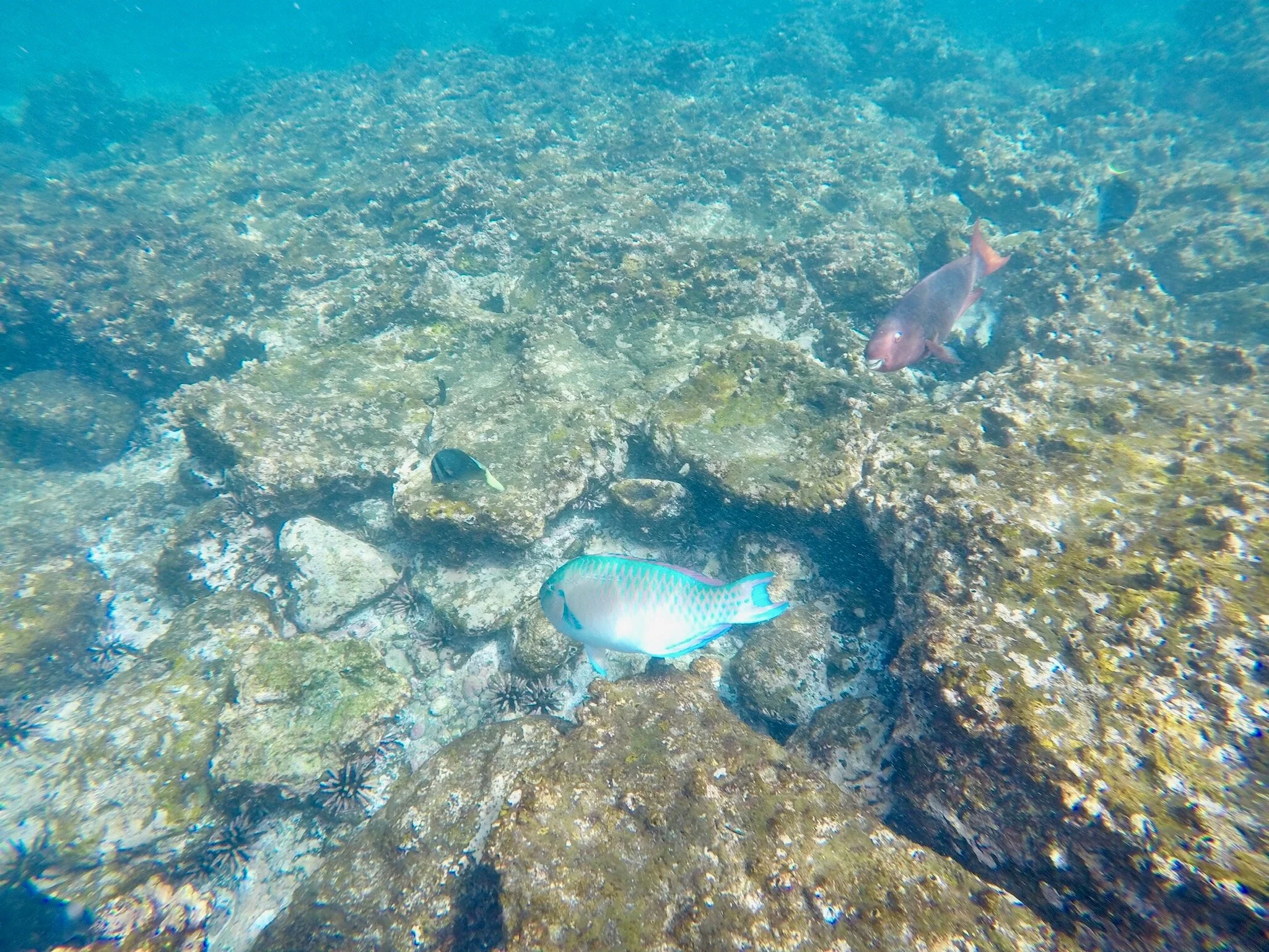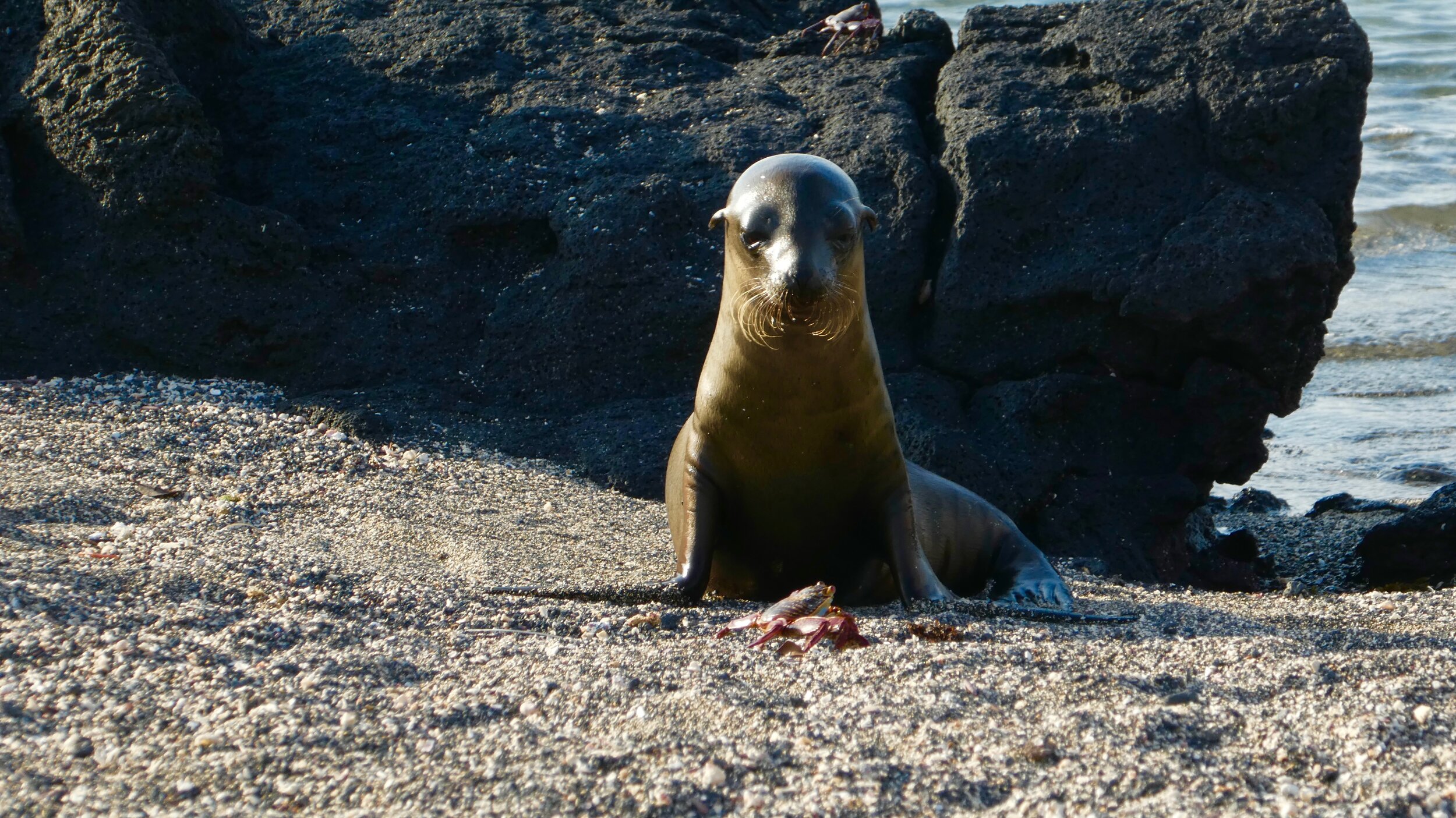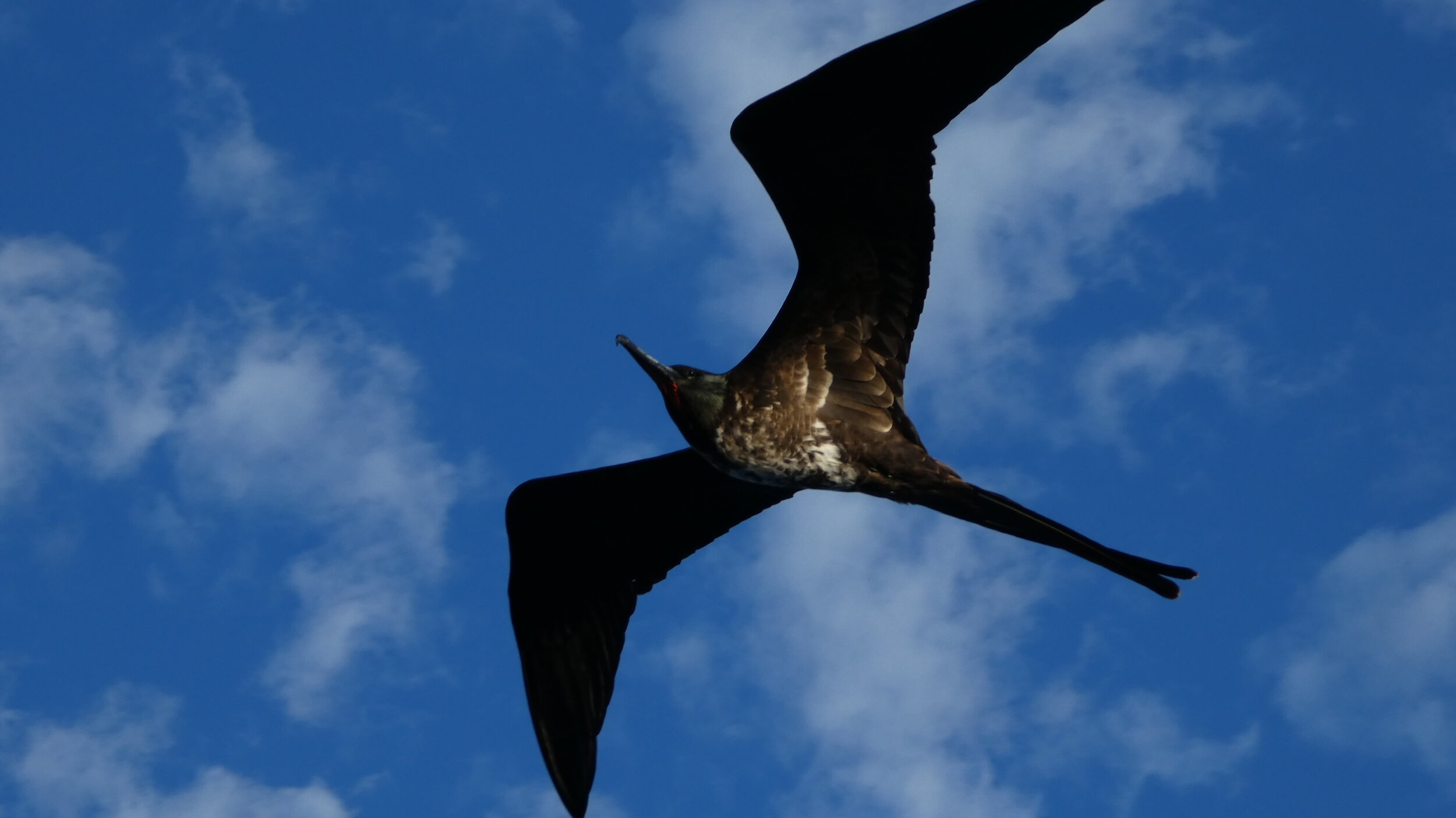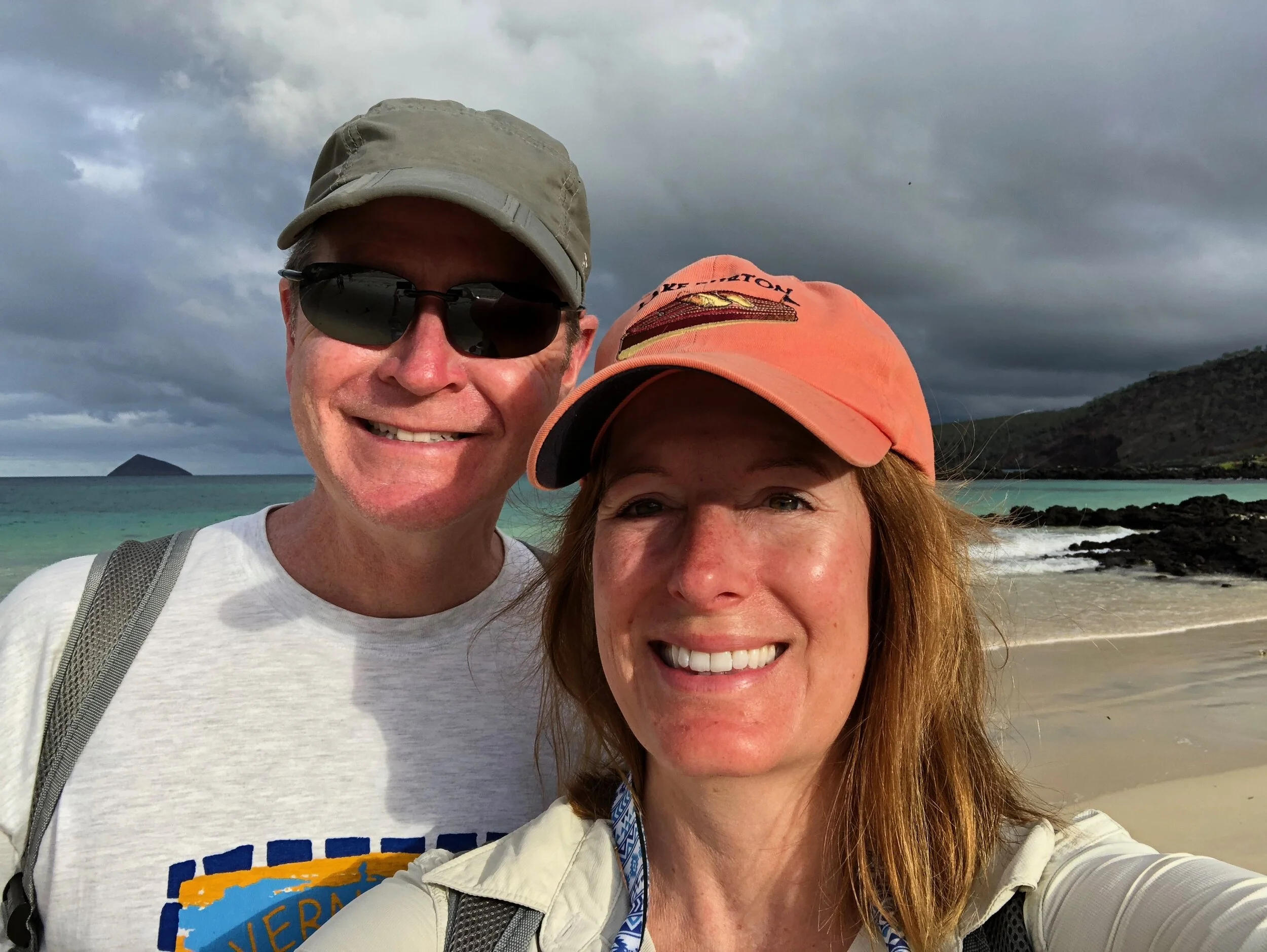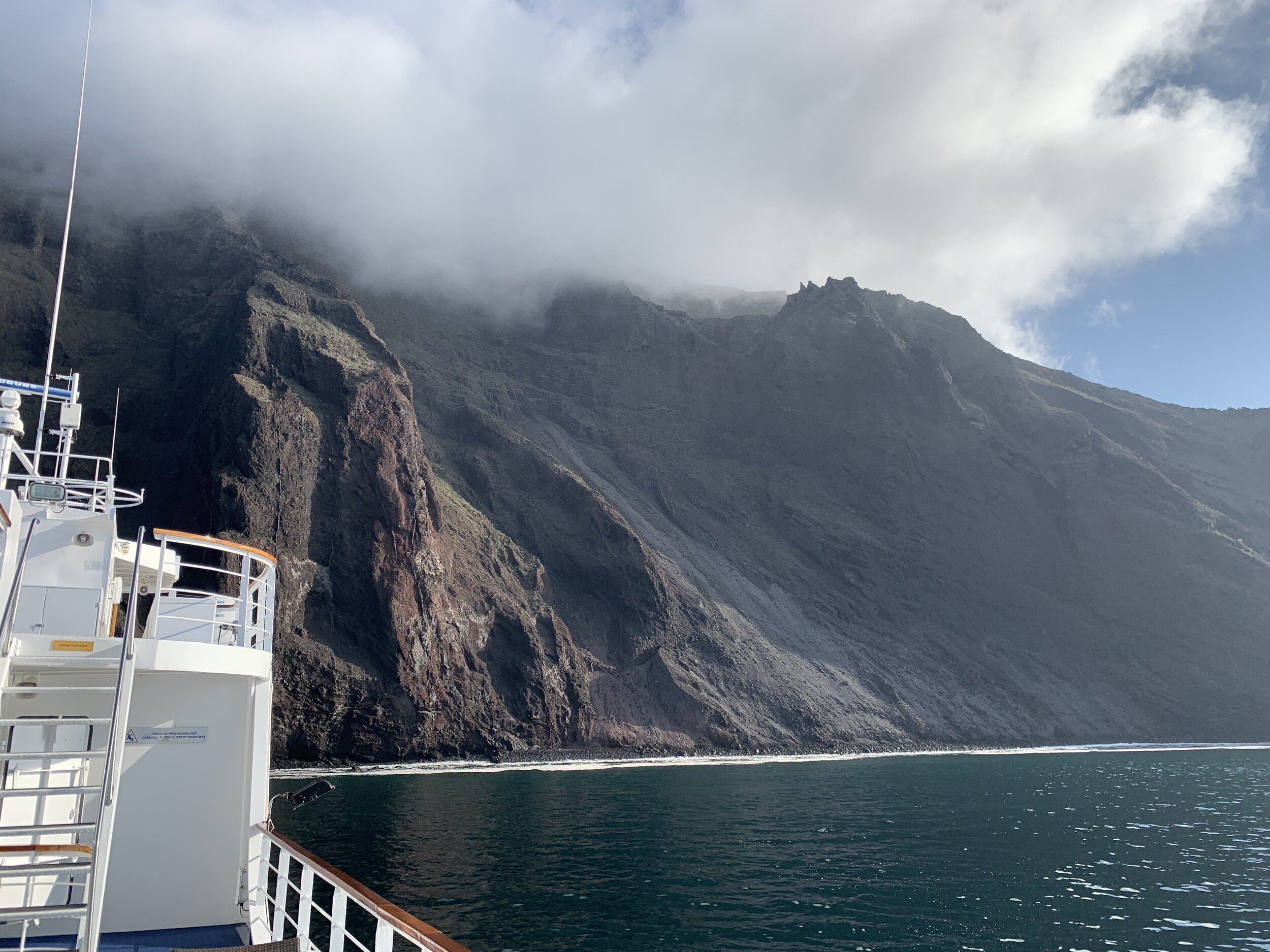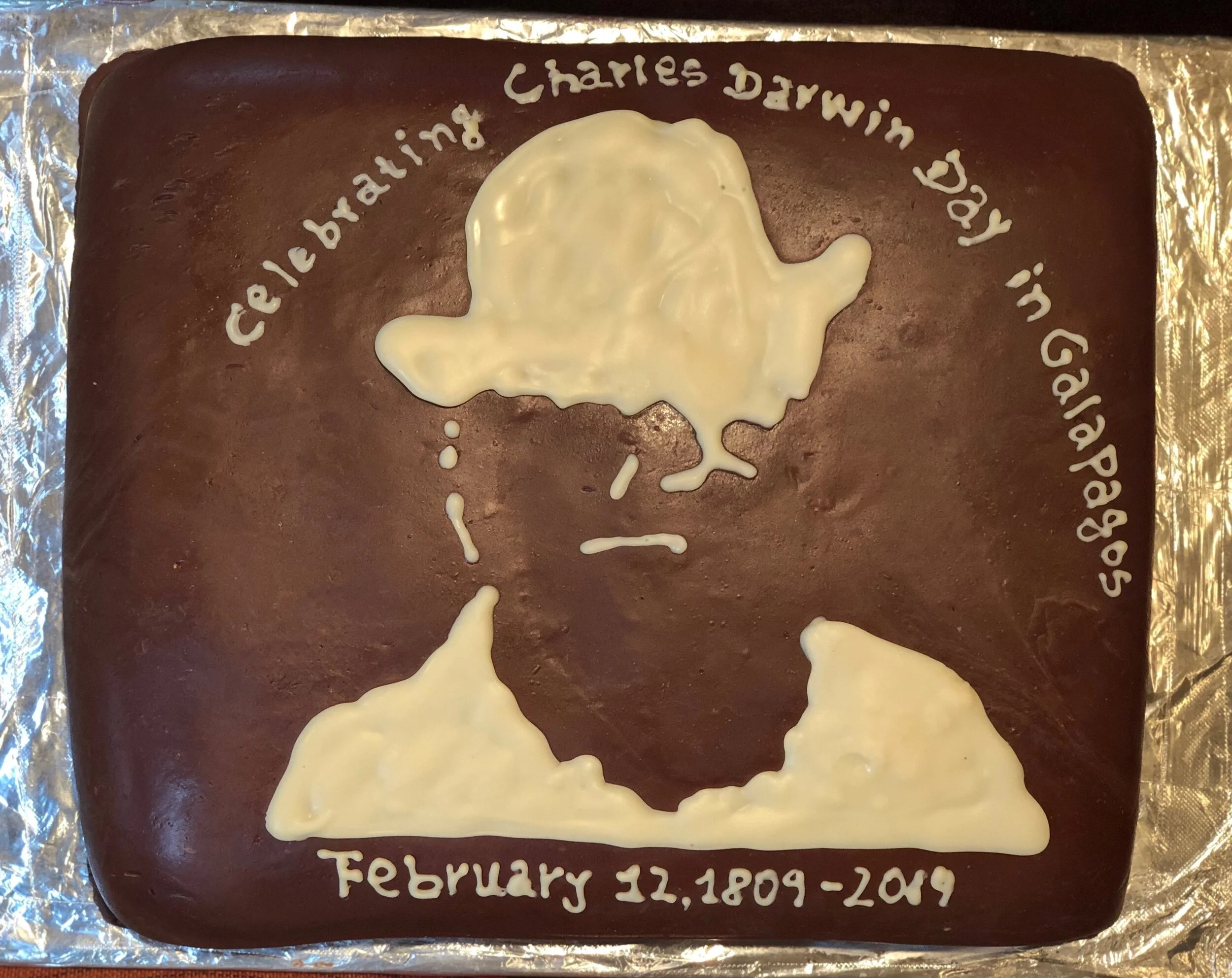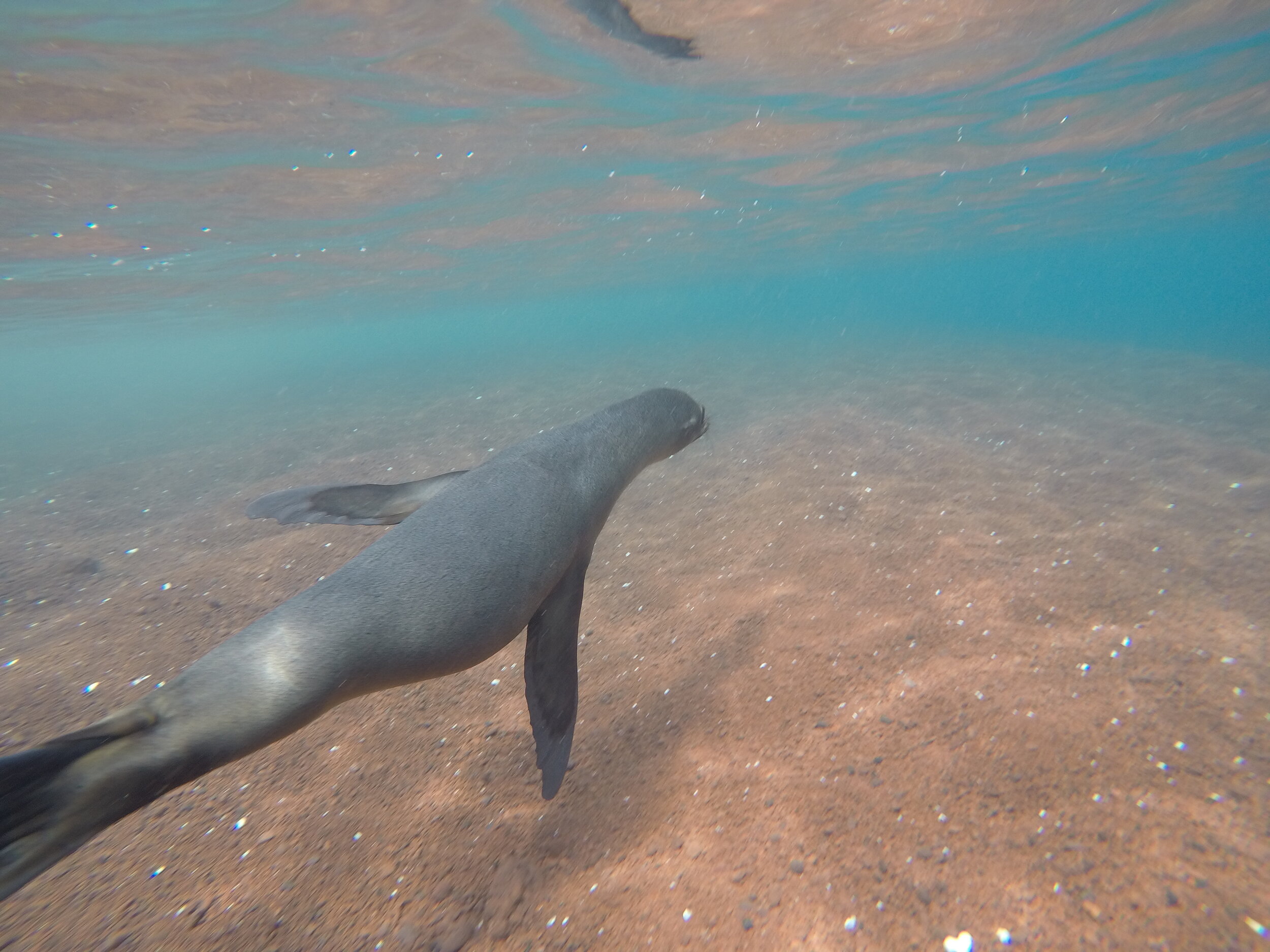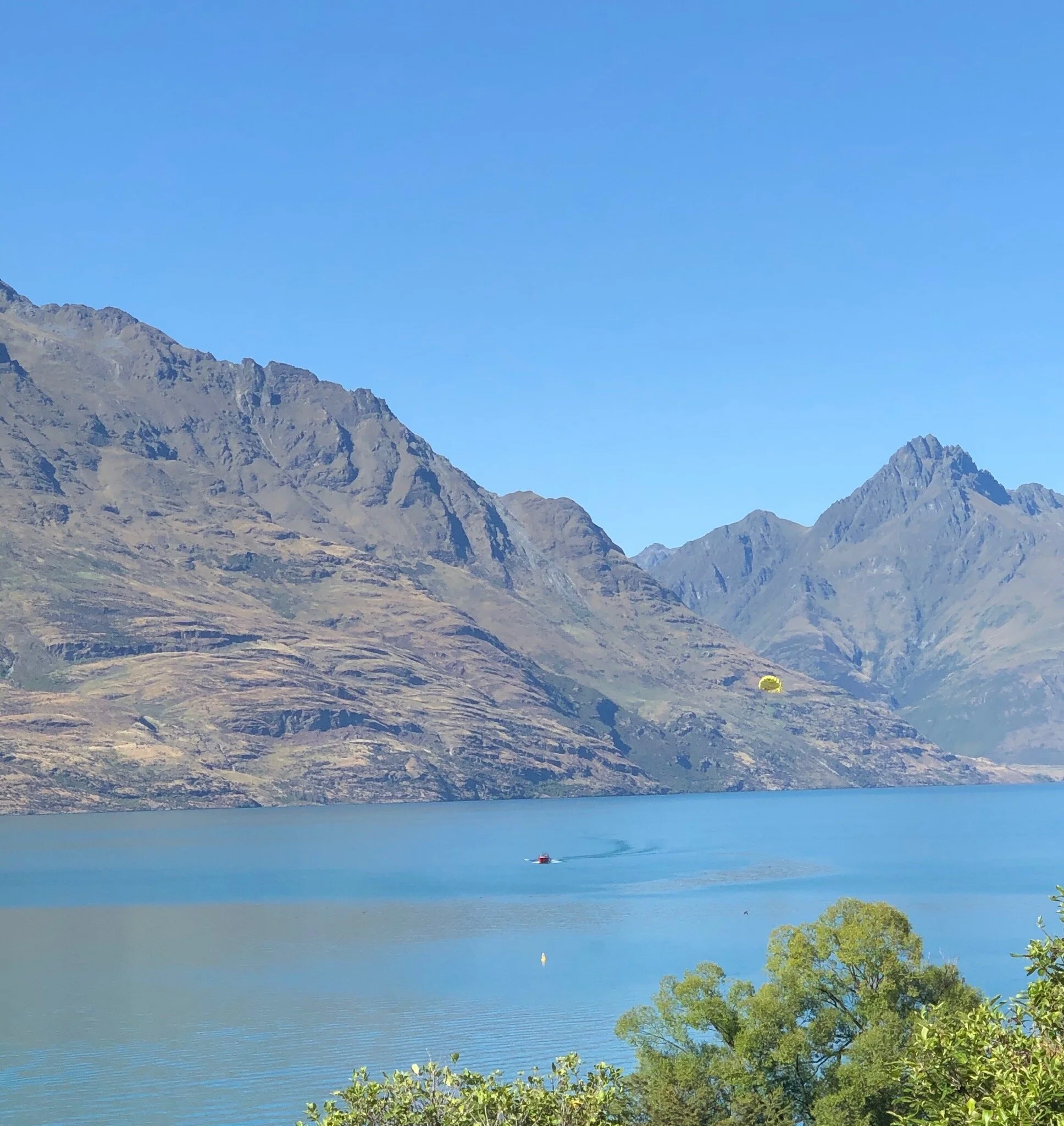GALÁPAGOS ISLANDS~ Discovering An Ancient Land On The Equator
“Don’t move a muscle and stay very, very quiet. This animal is over 125 years old, weighs 500 pounds and is super slow, so be patient as it will take him several minutes to move past us,” says our naturalist guide. Like a good student, I stay still, Keens cemented to the dirt beneath them. Goosebumps rain down my arms and I feel each individual hair stand at attention. Everyone on the trail senses that this is a once-in-a-lifetime experience, but thankfully not a fearful one. The prehistoric looking shell slowly crawls by at a height equivalent to a dining room table, and in a way it looks oddly like a very slow moving, thick piece of furniture. Poor-sighted, the Galapagos Giant Tortoise holds its head high on its outstretched neck sniffing its surroundings. With awe-struck sightings like this one, you half expect a director in the background to shout, “Cue the dinosaurs!” as if on a Jurassic Park movie set.
Similar unusual wildlife experiences occur at every turn in the Galápagos Islands, a UNESCO World Heritage Site located 600 miles off the coast of Ecuador in South America, which sit smack dab on the Equator and three major tectonic plates. Considered a hot zone due to seismic and volcanic activity, the Galápagos consist of an ancient, volcanic archipelago spanning 17,000 square miles in the Pacific Ocean where three major ocean currents also converge. It became Ecuador’s first national park in 1959 and a marine reserve in 1986. Home to endemic species only seen here and on channels like National Geographic, these islands were born three million years ago and many of their inhabitants look like it, too. As remote and primitive as one can get, being here feels like stepping back in time before “man” ever existed.
We found colonies of flamingos, nesting, feeding, flying, bathing…
The Galápagos Islands were left mostly undisturbed for millions of years until they were literally put on the map by naturalist Charles Darwin back in 1835 while sailing around The Americas on the HMS Beagle. They are an explorer’s dream where one can find a living museum of iconic animals like the giant land tortoise described above and the rest of the “Big 15”, including penguins, flamingoes, fur seals, sea lions, land and marine iguanas, and several species of birds. In total there are 26 species of native birds- 14 of which are the Darwin Finches living only on these islands. The finches are what spurred Darwin’s theory on Natural Selection and lead to his famous book Origin of Species written in 1859. Off land in the water, you will also find a variety of marine life such as oversized green sea turtles, golden rays, and sharks.
Baby seals are everywhere and are not bothered by humans. In fact, they are rather curious when not sleeping.
Like Darwin, the 170,000 tourists that visit the islands annually find the best way to see them is by small cruise ship or sailboat spending up to fourteen days hoping to experience the Big 15. While these well-preserved islands are teeming with marine and wildlife, they are thankfully carefully regulated so boats and tourists are at a minimum to preserve the park and its inhabitants.
La Pinta’s chef made this cake in honor of Darwin Day.
Our group chose the 48-passenger motor yacht called La Piñta for our 6-night, 7-day exploration visiting five out of the top thirteen most popular islands. Our days were filled walking through wild animal habitats, snorkeling coral reefs, kayaking rocky shores scouting for playful fur seals and sea lions, and swimming off beaches of all colors including red, black, white, and olivine-crystal. Ecuadorian law requires all activities to be led by certified expert naturalists who carefully curate the experiences. And since Galapagos animals have no fear of humans and get quite curious around tourists, the question of who is studying whom here comes to mind.
Some of the best snorkeling ever! You are so up close and personal with the animals. This was a fun swim with a sea lion pup at Rabida Island.
Our first stop on our journey to the large seahorse-shaped island of Isabela gave us the opportunity to see many of the Big 15 including the flightless cormorant, the only existing marine bird in the world other than the penguin that at some point in its past changed from a flying bird to a diving bird to adapt to a new habitat. Over a million years old, six volcanoes, five of which are still active, created this island through eruptions, uplift and erosion. While Isabela is on every Galápagos tour itinerary to witness the giant tortoises, its landscape of volcanoes that dramatically rise out of a lush yet rugged terrain of black lava are another reason for Isabela’s popularity. Although tourists are required to keep a six-foot distance from the animals, it is not uncommon to have an inquisitive mockingbird alight next to you or a Darwin Finch land on your shoulder. Living in harmony with other wild residents, the Darwin Finch is often seen grooming other animals of insects and regularly perches on the vibrantly colored land iguana. While Isabela’s rocky shores are populated with Galápagos penguins, Nazca Boobies, marine iguanas and sea lions, its waters are filled with thousands of green sea turtles and rainbow-colored parrotfish.
Second on our itinerary was the island of Fernandina, one of the most active volcanic islands and the youngest at just one million years old. White sand, black lava, and mangroves make up the interesting topography and allow for an easy walk among teams of friendly (and lazy) sea lions lining its beaches, many of them pups, as well as colorful red Sally Lightfoot Crabs. Our group witnessed a singular National Geographic moment as a stunning juvenile Galápagos Hawk, just thirty feet away from where a sea lion pup was posing for photographs, flaunted her keen ability to swoop down and capture her iguana lunch with her long, sharp talons. Just off the beach we could watch hundreds of marine iguanas at work diving from their warm black lava beds into the ocean to feed on aquatic plant life and then swim back to shore often climbing over a sea lion or two to get back home.
One of my favorite islands on our tour was the tiny “Red Island” officially named Rábida. This island is a land of contrasts with its red sand beaches created by iron rich lava flows juxtaposed against vibrant green topography. This is nesting territory for the beloved blue-footed booby identifiable by their big blue feet which stand out like beacons against their beautiful grey and white feathers. In addition, the first class snorkeling found here is spectacular as you swim along a red ocean floor enhanced by clear blue waters among curious sea lions and gorgeous tropical fish.
A visit to the island of Santa Cruz offers an important historical tour of the Charles Darwin Research Station as well as a conservation and tortoise breeding center. The final island on our journey was Floreana, famous for its historical Post Office Bay. The story of this site dates back to 1793 when a group of whalers put a wooden barrel on the beach and aptly named it The Post Office. Those traveling by the island would routinely stop at the “post office” to drop and pick up mail for delivery that might be marked with destinations along their route. This post office barrel is still in use today as island visitors drop and pick up mail regularly. Further adding to Floreana’s interest, the Devil’s Crown is a volcanic crater that serves as an excellent snorkeling site filled with King Angel Fish, Balloon Fish, Hawkfish, Yellowtail Grunts, Tiger Snake Eels, gentle Black and White-tipped Sharks, Eagle Rays, various wrasses, and sea turtles.
Whale skeleton found on Isabela.
While the Galápagos attract nature lovers and followers of Darwin, the experience is rewarding for active people of all ages and interests. Year-round daytime temperatures average 72 degrees making it easy to travel anytime of the year. The Islands’ depth of flora and fauna is overwhelming, but photos and travel journals help to keep the day-to-day discoveries mindfully collected and provide for a lifetime of memories. Above all, a visit here will deepen your perspective of life on Earth and the theory of evolution. To learn more before you go, seek out the numerous documentaries on Netflix, the BBC, and YouTube.
This article was written for ncliving.com.



